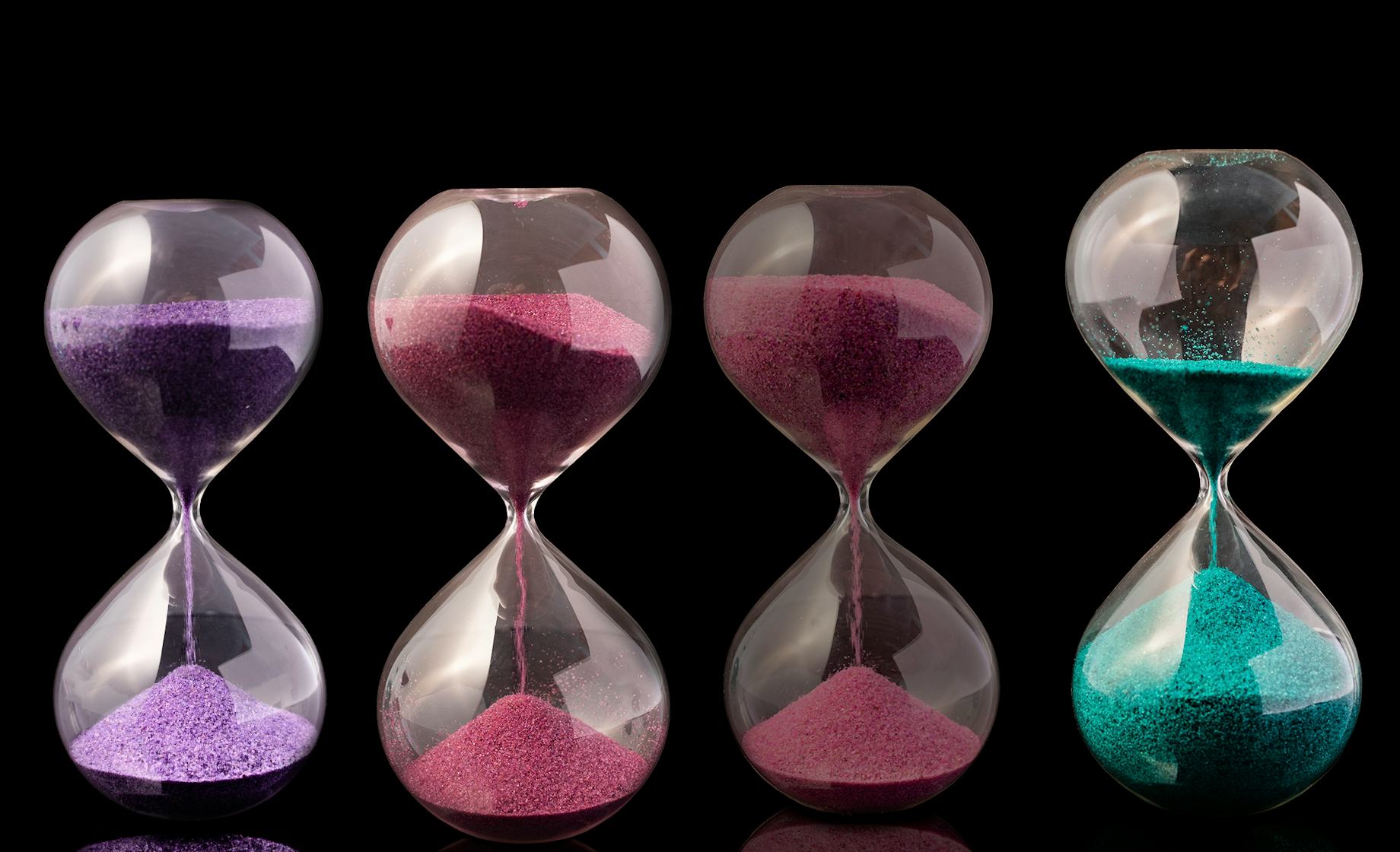Dear readers,
We’re gradually migrating this curation feature to our Weekly Newsletter. If you enjoy these summaries, we think you’ll find our Substack equally worthwhile.
On Substack, we take a closer look at the themes from these curated articles, examine how language shapes reality and explore societal trends. Aside from the curated content, we continue to explore many of the topics we cover at TIG in an expanded format—from shopping and travel tips to music, fashion, and lifestyle.
If you’ve been following TIG, this is a chance to support our work, which we greatly appreciate.
Thank you,
the TIG Team
When was the moment Ireland became cool? Was it in December 2018, when Derry Girls hit Netflix, introducing a global audience to Northern Ireland’s ’90s pop-culture ephemera? Or was it a few months later, when Sally Rooney’s Normal People arrived in the U.S., occasioning multiple glowing New York Times reviews and spurring the first wave of trend pieces about “the cult of Sally Rooney”? Either way, by the time The Banshees of Inisherin was released in 2022, a full-on Irish cultural invasion was underway. Call them the Craic Pack: Authors such as Anna Burnsand Paul Lynch won major prizes. Actors Colin Farrell and Cillian Murphyand singer-songwriter Hozier stepped back into the spotlight. Barry Keoghan went from art-film weirdo to pop-star boyfriend. Even brands got swept up in it: You couldn’t call yourself an Instagram baker without extolling the virtues of Kerrygold butter.
As with Taylor Lautner in the second Twilight movie, our affable friend across the pond turned out to be hiding eight-pack abs. “Over the past few years, it’s become quite twee and also quite sexy to be Irish,” says the writer Róisín Lanigan, who published an essay in Vice on the subject. Lanigan first noticed a change around the time Normal People debuted on TV and made a star of Paul Mescal. “Americans and English people were introduced to a new vision of Ireland: rose-tinted and beautiful,” she says. Lanigan comes from Northern Ireland, and she cautions that this new vision usually depicts “a certain type of Irish. On the whole, it seems to be, ‘They’re hot and sad.’”
Read the rest of this article at: Vulture
Dawn had not yet broken on the election results last week when Democrats began their favored ritual of falling out of love. Reasons were enumerated why Kamala Harris, the candidate who weeks earlier had been a magnet for enthusiasm, was an obvious poor choice to run for President. She was too coastal, it was suggested, too centrist, too un-primaried, too woke, too female. What were they thinking? The remorse is familiar, regardless of the outcome. When Joe Biden ran for President in 2020, many Democrats lamented that the Party hadn’t produced a stronger option—but Biden went on to receive more votes than any candidate in American history. Hillary Clinton transformed, in the Party’s view, from a historic nominee to a terrible candidate almost overnight. Barack Obama was widely acknowledged as a great candidate—even a once-in-a-generation one—who barely made it to a second term. John Kerry, a “legitimate, good candidate,” lost the popular vote; Al Gore, almost universally considered to be a terrible candidate, won it. One might conclude that the Democrats’ ability to hold the heart of the American public has amazingly little to do with the ideal dimensions of the candidate they put forth, and that their perennial trying and failing to find the perfect figure, followed by rites of self-flagellation, is a weird misappropriation of concern. The Republicans don’t lament the inadequacies of their candidates, clearly. The Republicans have thrice sent Donald Trump.
If the problem this year wasn’t the person, was it policy? Our distance from the close of the polls is still measurable in days, and yet voices have settled into hot debate about which issues Harris undersold, at the cost of the election. She leaned too much on reproductive freedom, we hear, or gave fatally little attention to concerns about immigration or the Palestinian cause or the Israeli cause. The campaign missed what spoke to men, perhaps particularly Black men, or Latino men—or was it women? Also, not enough about the kitchen-table economy.
To anyone who studied the Harris campaign up close, many of those accounts don’t track. The Vice-President talked about illegal immigration, and her work to curb it, all the time. Mobilizing Black men in swing states was among the campaign’s most deliberate projects. The Democrats were faulted for hazy policy long after they released a ninety-two-page party platform and an eighty-two-page economic chaser filled with figures, graphs, footnotes, and detailed plans. Harris spoke at length about taxes and the kitchen-table economy all across the country.
Read the rest of this article at: The New Yorker
Time is one of those things that most of us take for granted. We spend our lives portioning it into work time, family time, and me time. Rarely do we sit and think about how and why we choreograph our lives through this strange medium. A lot of people only appreciate a time when they have an experience that makes them realize how limited it is.
My own interest in time grew from one of those “time is running out” experiences. Eighteen years ago, while at university, I was driving down a country lane when another vehicle strayed onto my side of the road and collided with my car. I can still vividly remember the way in which time slowed down, grinding to a near halt, in the moments before my car impacted with the oncoming vehicle. Time literally seemed to stand still. The elasticity of time and its ability to wax and wane in different situations shone out like never before. From that moment, I was hooked.
I have spent the last 15 years trying to answer questions such as: Why does time slow down in near-death situations? Does time really pass more quickly as you get older? How do our brains process time?
Read the rest of this article at: Inverse
Since the 1950s, discussions about AI have largely revolved around a big, tantalizing question: What can machines do, and where might they hit a wall? Will they ever truly think, understand, or maybe even become conscious? Could they reach the so-called “heights of human intelligence”? And then there’s that shadowy question looming in the background: Would they turn on us if they could, becoming some kind of rival species? This fear has fueled imaginations for years. The philosopher Nick Bostrom, for example, envisions a future where machine superintelligence could control our destiny, much as human power now holds sway over the survival of gorillas.
With the rise of generative AI in 2022, the prospect of an artificial mind feels suddenly close to home. As historian Yuval Noah Harari notes, generative AI has “hacked the operating system of our civilization” — language. What if, in this new world, AI starts to generate not just words but beliefs, myths, and maybe even a new kind of culture that could completely shift the course of human history? On the other hand, most philosophers of AI have been quick to rain on this parade, pointing out that while AI can put on a great show imitating and simulating human minds (what the famed philosopher John Searle dubbed “weak AI”), it simply doesn’t — and can’t — have a mind of its own (“strong AI”).
Read the rest of this article at: The Big Think
In the decade since Donald Trump began to define American politics, critics have struggled to understand his massive appeal. They have perhaps sensed by now that Trump’s support comes from someplace underneath conscious and rational political analyses. Who else but Sigmund Freud to help explain? “The past few years,” the academic and critic Merve Emre wrote in an essay for The New Yorker this past June, “have given us a Freud for the pandemic, a Freud for Ukraine and a Freud for Palestine, a Freud for transfemininity, a Freud for the far right, and a Freud for the vipers’ nest that is the twenty-first-century American university.” History has now given us another iteration: a Freud for the Trump movement.
Consensus on the causes of Trump’s sweeping electoral victory has formed around the idea that voters were responding to Democratic performance on material matters, namely inflation and immigration. But the Trump movement has never been, to my mind, strictly concerned with tangible issues; part of the allure is immaterial by nature, addressed to elemental human urges. Trump offered something special on that count from the beginning—a politics consisting not mainly of a positive vision but rather of a series of opportunities to own the libs. In this project, rational policy details aren’t a priority and are sometimes absent altogether; the point is domination of one’s enemies, a libidinal desire.
Read the rest of this article at: the Atlantic





